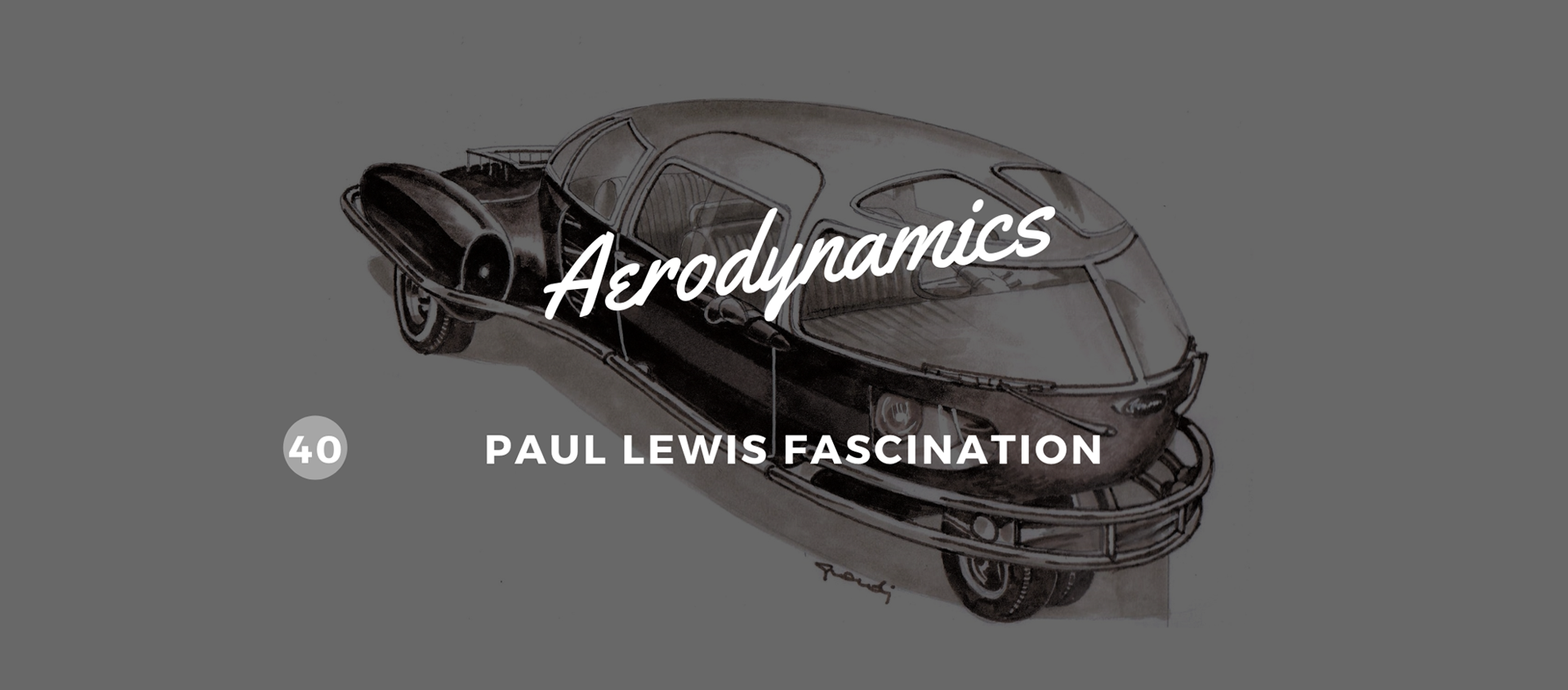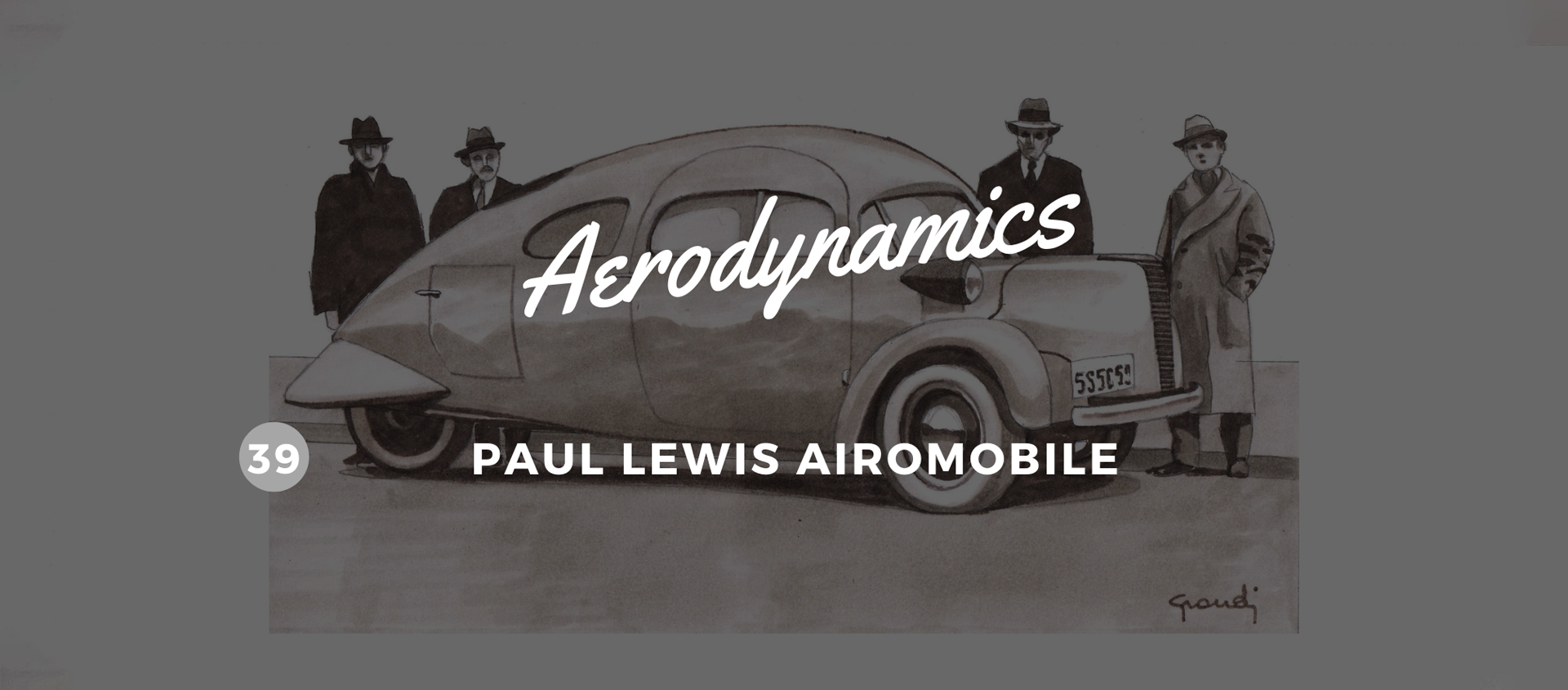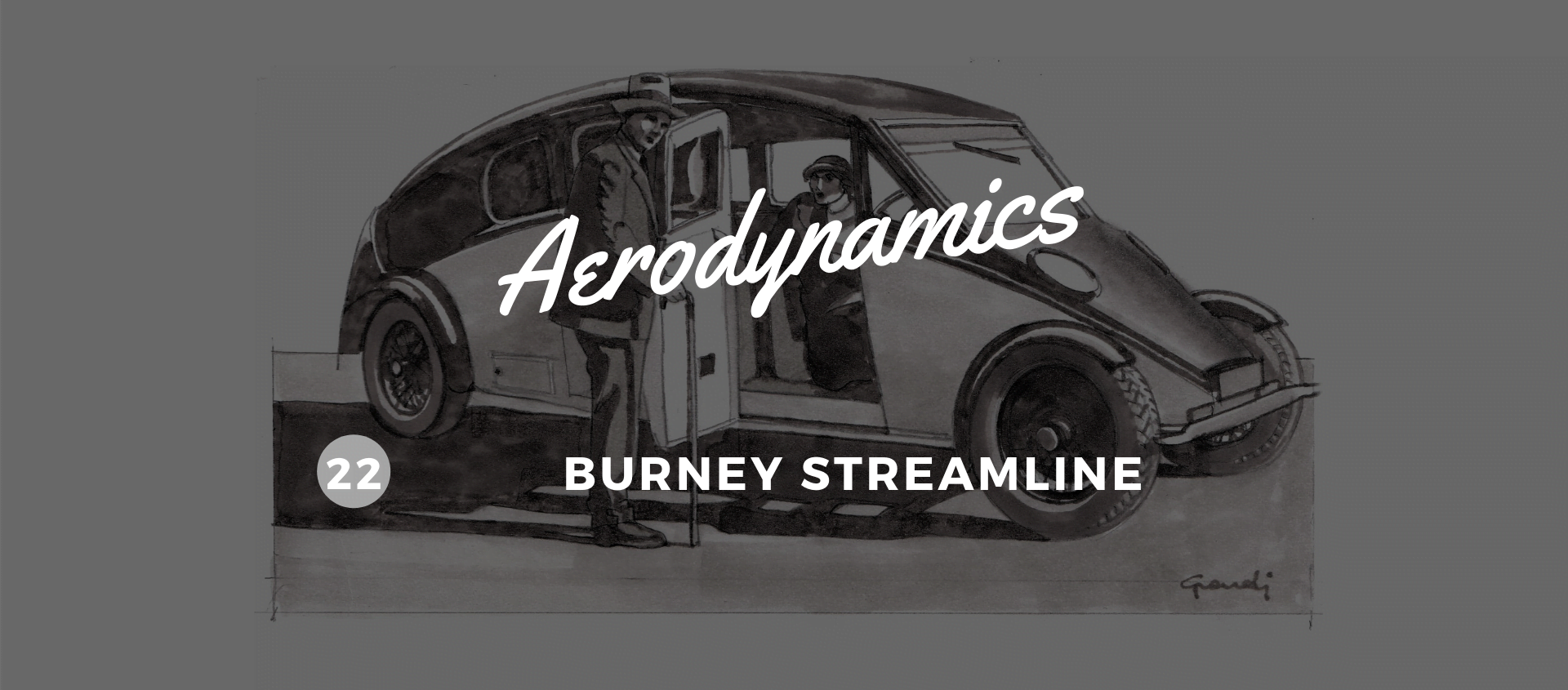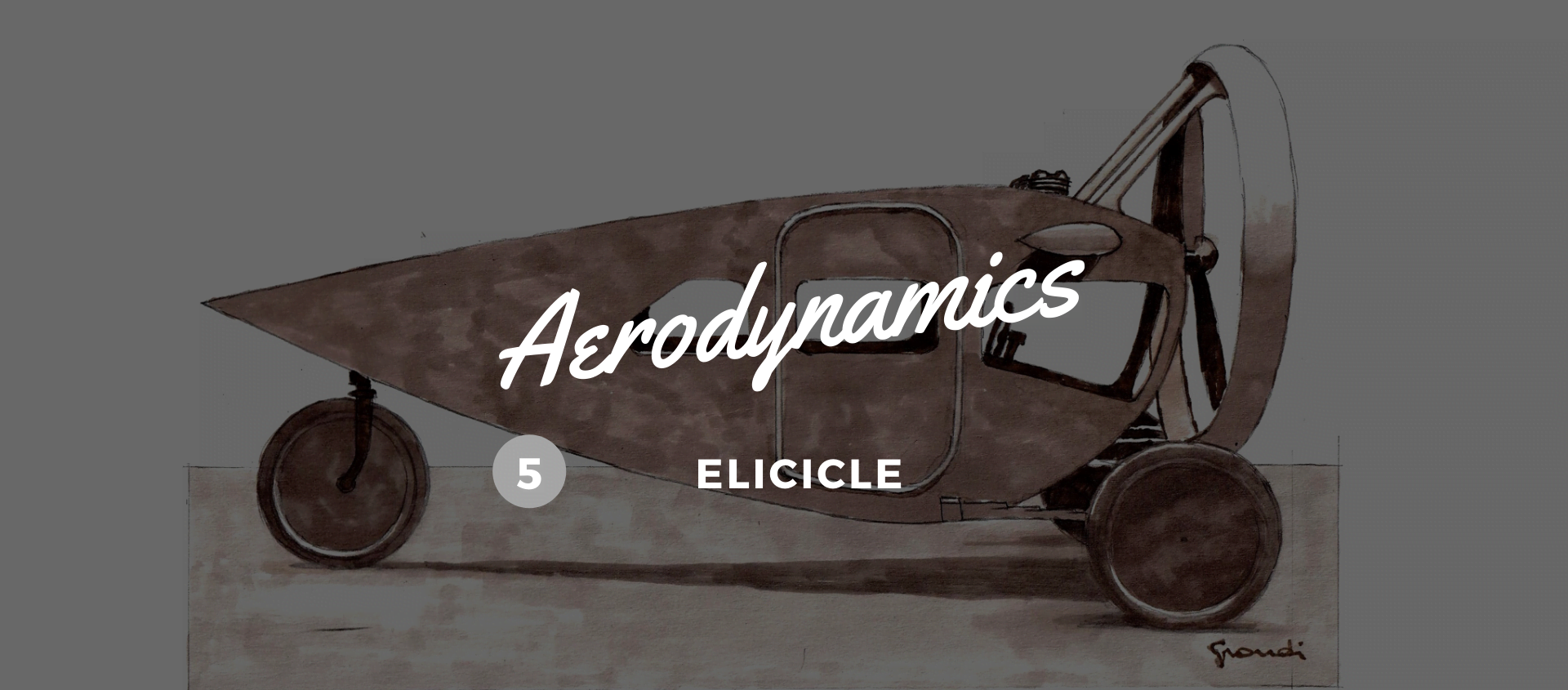Road plane
09 November 2020 1 min read 4 images

Paul Lewis, advertiser and inventor (with as many as 28 patents to his name), was a real believer in three-wheeled vehicles. His first such creation, which was unsuccessful, was called the Airomobile. Drawing important lessons from the failure of that first model, he decided he needed to make the concept more solid and glamorous, and thus came up with a new, far more esthetically appealing model. He abandoned the external headlamps, while overall the lines, still designed for maximum aerodynamic efficiency, were more carefully developed.
Register to unlock this article
Signing up is free and gives you access to hundreds of articles and additional benefits. See what’s included in your free membership. See what's included in your free membership.
Already have an account? Log In


